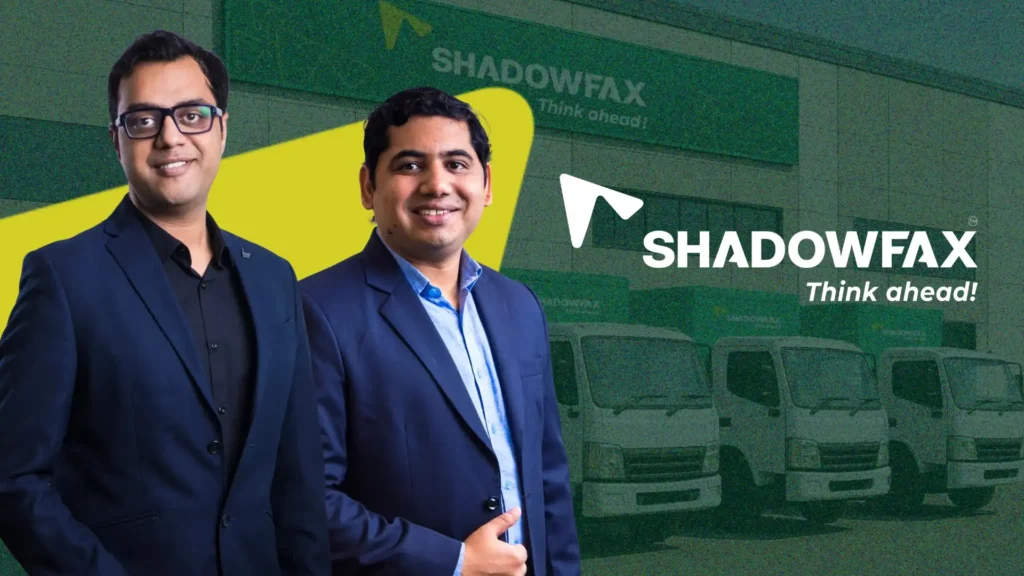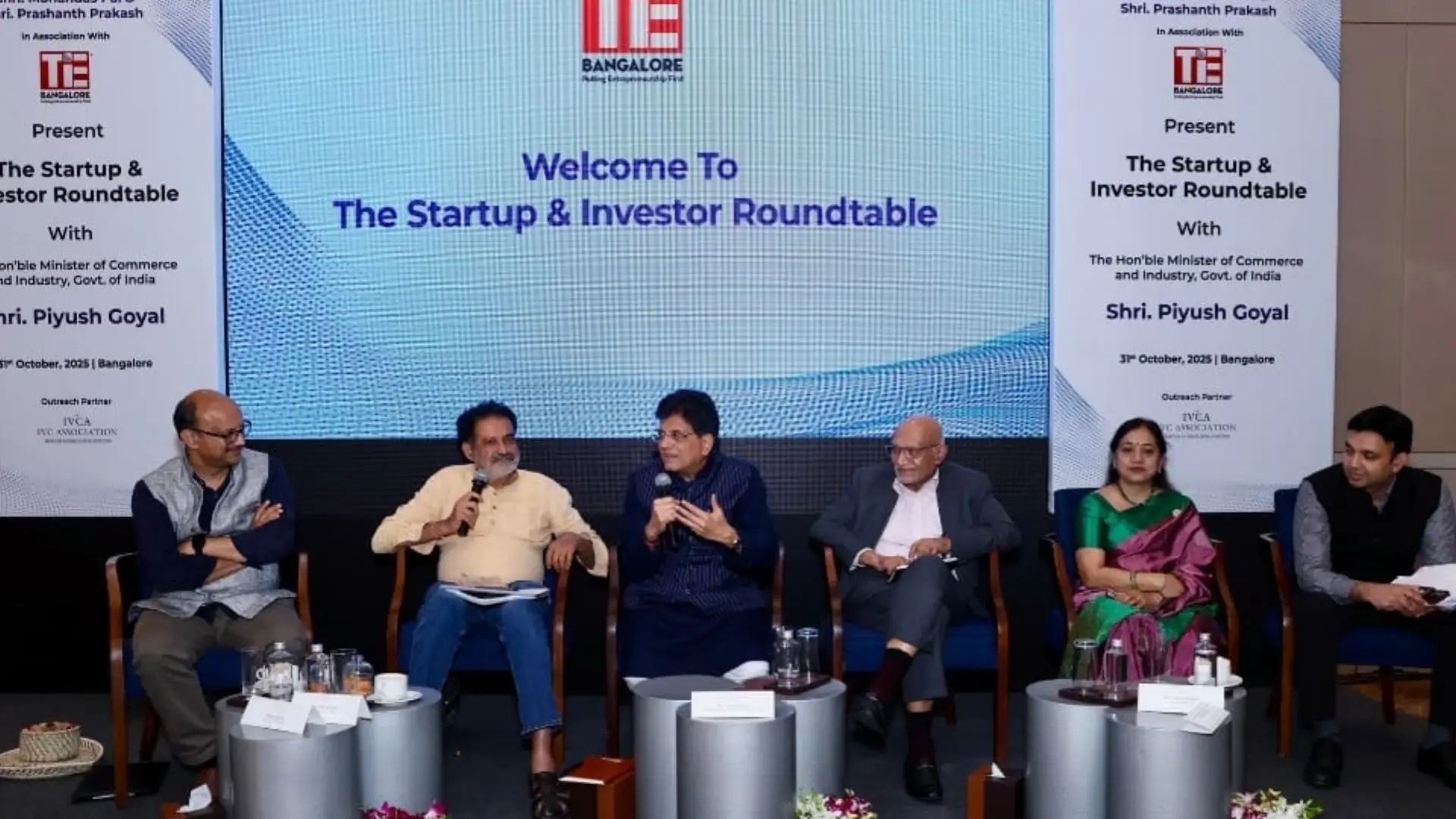India’s logistics market is so fragmented and not well organized. But due to the rise of India’s e-commerce and quick-commerce, there are also operational challenges that these companies face. The major problem for e-commerce companies is the last-mile delivery. There is uneven infrastructure, diverse customer expectations, and cost pressures that make reliable and fast delivery tough.
Now, everyone wants to solve and be part of the first-mile delivery or build the next marketplace, but very few actually want to solve this deep-rooted logistics problem of India.
That is when Shadowfax entered this gap with a clear mission: provide high-velocity, high-visibility delivery for e-commerce, D2C, and “instant” commerce, covering not just metros but also Tier 2/3 towns. Their claim: cover 2,200+ cities and 14,000+ PIN codes.
The journey of Shadowfax started back in 2015, founded by Abhishek Bansal and Vaibhav Khandelwal, who saw a huge gap in India’s logistics sector. They began with a tech-driven model for logistics, offering crowdsourced express deliveries. The Shadowfax app enabled real-time tracking and order broadcasting, something that was almost unheard of then in hyperlocal delivery.
Back in the time when Shadowfax began, logistics was a low-tech, fragmented industry. Delivery boys relied on manual instructions, calls, and paper slips. There was no concept of optimization or real-time visibility.
Shadowfax flipped that. They decided to treat logistics as a data problem, not just a delivery problem. Their technology automatically matches nearby delivery partners with pending orders, optimizing routes and minimizing idle time. This means faster deliveries for customers, higher efficiency for clients, and better earnings for partners. This model is crowdsourced, and that allowed Shadowfax to scale rapidly without owning a single vehicle. Today, it’s one of India’s largest crowdsourced logistics networks.
Now let’s dive into the business model of Shadowfax.
Their revenue streams include e-commerce deliveries, quick-commerce deliveries, D2C brand logistics, reverse logistics, and heavy-goods logistics.
Now, their asset-light model means they don’t spend heavily on owning warehouses or fleets. This keeps their costs low, and the probability of scaling is so high.
Now, before we dive into the numbers, let’s understand the other factors that actually worked for Shadowfax.
While most of the logistics companies were busy adding fleets, Shadowfax focused on predicting demand patterns.
Their algorithms predict demand patterns, assign delivery partners automatically, and even choose the best possible route based on real-time traffic and cluster density. This tech-driven approach reduced idle time, improved delivery accuracy, and increased the number of orders completed per delivery partner, boosting both efficiency and partner income.
Now what’s even more important is their presence. While many new-age companies solely focus on metro cities, Shadowfax shifted their focus towards Tier 2 & 3. They realized that real growth and untapped logistics demand lie in smaller towns. Today, a large portion of their deliveries come from beyond India’s top 10 cities. Their presence in 2,200+ cities and 14,000+ PIN codes proves that strategy worked.
What makes a company sustainable and successful in the long run? Operational efficiency, right.
Shadowfax also focused on their unit economics early on, and they focused on reducing per-delivery cost, improving delivery partner efficiency, and leveraging automation wherever possible.
This is what made them one of the rare logistics startups to turn profitable while still growing fast.
Now let’s look into the numbers. The company reported a 32% year-on-year growth in revenue, reaching ₹2,485 crore in FY25, and, more impressively, a net profit of ₹6.4 crore, marking its first profitable year since inception. And it didn’t stop there.
According to its restated financial statement filed in the draft red herring prospectus (DRHP), the Flipkart-backed firm’s operating revenue grew 68% year-on-year to ₹1,805.6 crore in H1 FY26, compared to ₹1,072 crore in the same period last year.
And as revenue growth continues to outpace expenditures, Shadowfax’s profit surged over 2X to ₹21 crore in the first half of FY26, up from ₹9.8 crore in H1 FY25.
That’s how they achieved profitability and made it to the headlines. Shadowfax’s rise has been powered by strong investor confidence. Over the years, it has raised more than $120 million in funding from marquee investors, including Flipkart, Eight Roads Ventures, Mirae Asset Venture Investments, IFC, and Qualcomm Ventures.
Flipkart, which relies heavily on Shadowfax for part of its logistics operations, became one of its largest backers, further strengthening the partnership between India’s leading e-commerce marketplace and one of its most innovative logistics networks.
Now, what’s grabbing attention is its IPO plans. The company plans to raise up to ₹2,000 crore, with ₹1,000 crore coming through a fresh issue of shares and the remainder via an offer-for-sale (OFS).
Among the key sellers in the OFS will be its largest shareholder, Flipkart, which currently holds a 14.8% stake in the company. Flipkart is expected to offload shares worth ₹237 crore as part of the offering. That’s how Shadowfax is helping India with its last-mile service.
Also Read: How Biryani By Kilo Turned India’s Favorite Dish Into a ₹272 Crore Brand?










